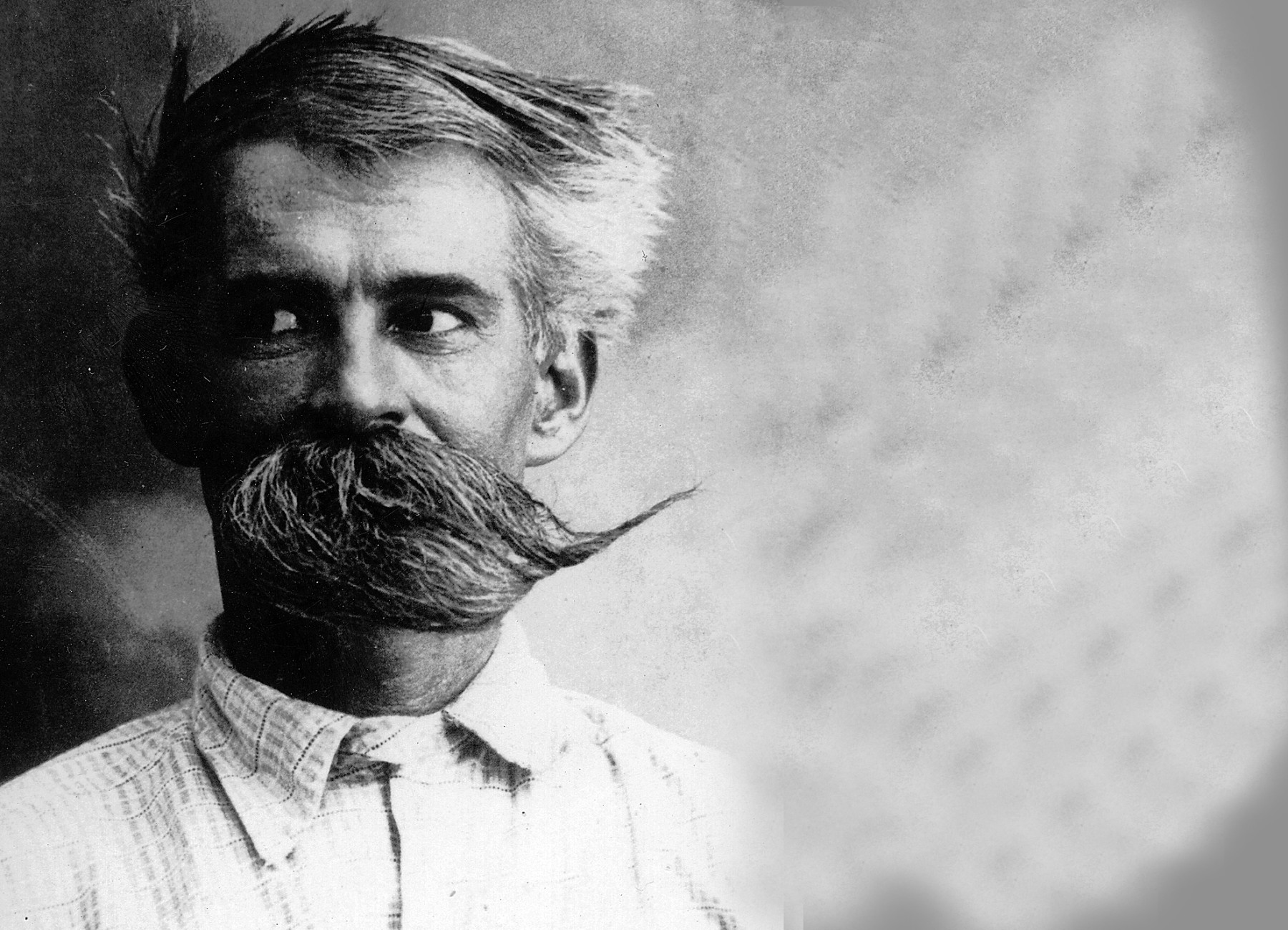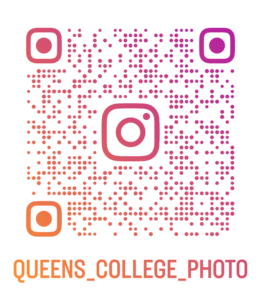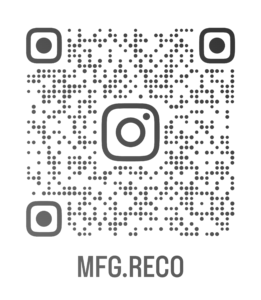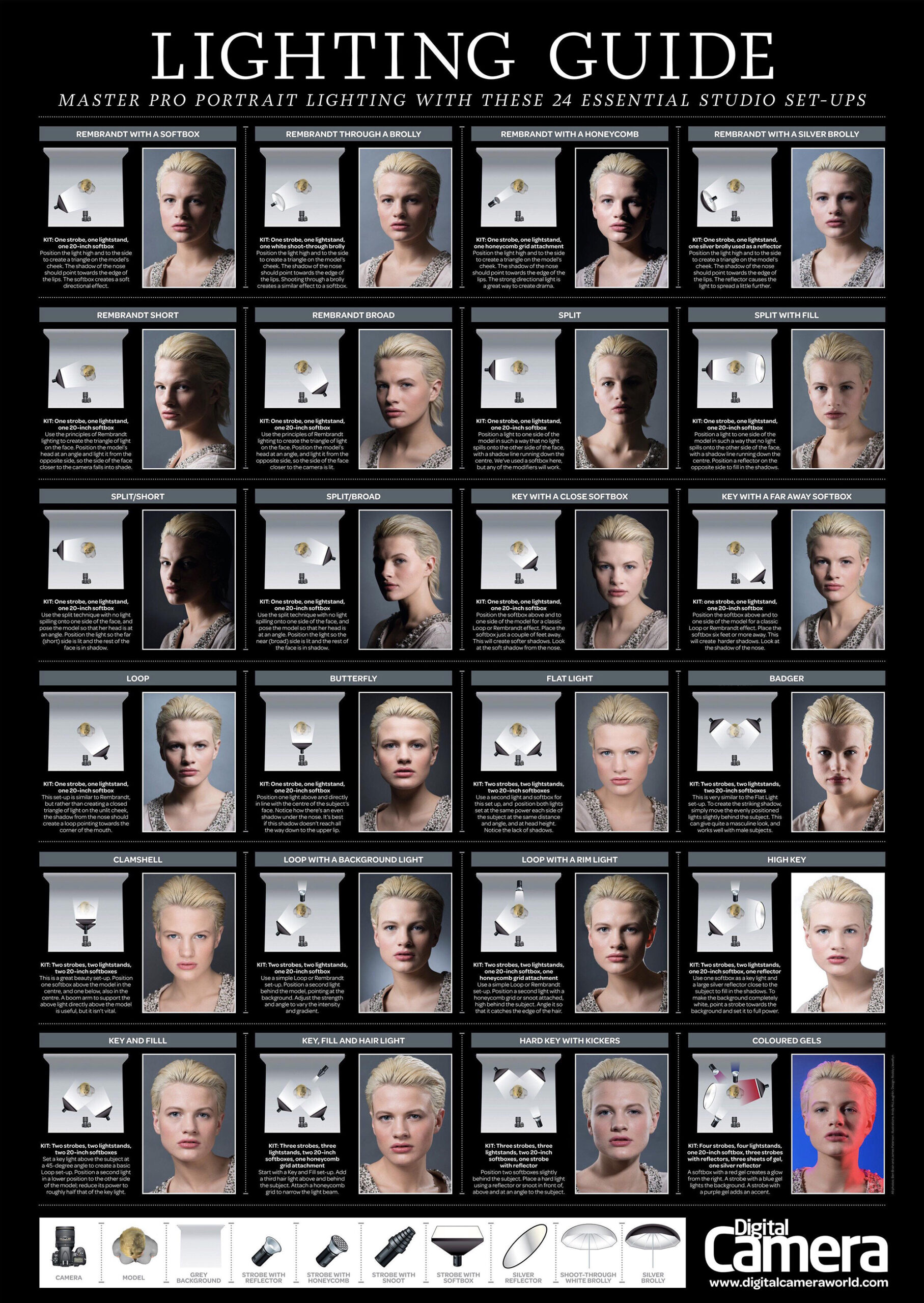Syllabus
Queens College
Art Department / Photography & Imaging
PHOTO 225-02 / 335-02 / 375-01
Digital Photography II/III
Thursday 2pm-5:50pm
I-Building 213
Fall 2023
Instructor: Matt Greco
Office: Klapper 106
Hours: By Appointment
Email: matthew.greco@qc.cuny.edu
Course Website: professorgreco.com
Course Description:
Intermediate Digital Photography will continue to advance student knowledge of the creative and technical aspects of using a digital still camera to capture digital images. Formal qualities of photography and imaging such as subject matter, point of view, composition, and shooting with natural and artificial light will be emphasized. Students will be introduced to the conceptual value of photography and be expected to develop their sense of “why” they take pictures – not just “how” to take pictures. We will study intermediate DSLR operation, lens focal length, introduce artificial lighting, and intermediate image processing. Various types and sizes of digital printing will be introduced and utilized as we learn about digital output. This course will examine more deeply how the ubiquitous “digital image” affects our everyday life and how, as photographers, we can contribute meaningfully to this affect. This course will include the close critique of your own images as well as images taken by your classmates. You will hone your ability to interpret and understand the avalanche of digital images we encounter during our day. This course will be as much about how to make good digital images as it will be about how to look at them and will introduce the notions of critical theory and critique in photography.
Course Objectives:
At the close of this course the successful student will have a comprehensive understanding of the operation of a digital single lens reflex (DSLR) camera as well as intermediate image processing, basic digital printing, and how to critique photography. Students will have a basic knowledge of various lens focal length and the use of artificial light. They will master a digital image workflow that includes familiarity with different file types, the software used to edit those files, and the software used to archive and manage those files. They will expand their vocabulary to include the proper terminology for creating and critiquing photographs. Students will use this vocabulary to engage in meaningful critique of their images and the images of their peers. They will demonstrate the ability to think creatively, form project ideas, and follow those ideas from conception to realization.
Course Requirements:
Students will be expected to complete all assignments on time and to the best of their ability. Students are expected to attend every class but life does happen so you get 3 absences, after that, additional absences will likely result in missed material and thus a lower grade. Be on time please; tardiness is as bad as absences; I will begin class a few minutes late to give everyone time to get settled in – do not abuse this. There will be 2 papers due (relax, they are both short papers) – one will relate to the film we watch. We will have several regular critiques and a final critique; attendance is required.
Reasonable Accommodations for Students with Disabilities:
Students with disabilities needing academic accommodation should register with the Special Services Office by emailing QC.SPSV@qc.cuny.edu. For more information about services available to Queens College students, visit the Office of Special Services website: https://www.qc.cuny.edu/studentlife/services/specialserv/Pages/default.aspx.
CUNY Policy on Academic Integrity:
Only your own photos, images and/or writing are permitted for use in projects. The unauthorized use of images and compositions that are not your own is considered plagiarism. Academic Dishonesty is prohibited in The City University of New York and is punishable by penalties, including failing grades, suspension, and expulsion as provided at https://www.cuny.edu/about/administration/offices/legal-affairs/policies-procedures/academic-integrity-policy/.
Course Website:
Please check our course website every week for updates to the syllabus or schedule, links to information and resources, and a student gallery page where we will showcase your work throughout the semester.
Grades:
Shooting assignments – 30%
Papers – 30%
Final portfolio (8 final prints, 600 images, critique comments) – 40%
Shooting Assignments (assignments require at least 200 images):
1- Near & Far
Use various focal lengths to change angle of view, perspective, object size. Print (5) 8.5×11 prints
2- Abstract
Practice abstract photography. Print (2) 16×20 prints
3- Portraits
Use various types of light – natural and artificial – to take images of people or animals or yourself; family, friends, neighbors, peers. Print (3) 11×14 prints
4- Final Project (Student Choice):
This is the final project with a subject of your choosing and include the thesis paper. Start thinking about this now. You will discuss this idea with me prior to shooting. Prints up to you but need to include (5) 8.5×11, (2) 11×14, (1) 16×20
Printing:
You will be creating prints with the program’s printers. You will be utilizing the Klapper Imaging Lab to print files for this course. The prints will be paid for through your M&T fee. Students will be required to submit your files to the lab to be printed. Keep prints safe and clean; you will show these at critique.
Field Trip:
We will take a field trip into Manhattan to visit a museum or gallery to be determined. Attendance is required. Time will be allotted for travel to and from Queens College campus.
Papers:
Your first paper will be based on the film we watch or on the field trip.
Watch the film and write a 1-2-page, double-spaced response/reaction paper to one or both. Take notes as you watch the film on aspects that strike you as particularly interesting or sad or inspiring. This is a response/reaction paper not a research paper. I want your thoughts, feelings, and reactions to the film not a synopsis. The idea is for you to find something that you connect to in the film, something that gives you pause to think and use that as inspiration for your paper. Ask yourself; what is the documentary trying to say? What does the filmmaker want you to think? Do you agree? Have you had any experiences like are portrayed in the film? Do my experiences agree with the filmmaker? How does this documentary make me feel? Does it change the way I think? Does this kind of work by wealthy and famous artists exploit their subjects? Did this project benefit the subjects? Were they better off to have experienced it? Or worse off?
or
Write a 1-2-page, double-spaced response/reaction paper to one or more works that you see during the field trip. This is a response paper not a research paper; I want to hear your thoughts, feelings, and reactions to the work, not a list of facts, figures, and dates. Ask yourself these questions: What is this a work of? What do I think the artist is trying to communicate? Does the work communicate this to me? What techniques did the artist use and did these enhance the power of the imagery? What emotional or intellectual reactions do I have to the work?
Your second paper will be based on your final shooting assignment. You will write 1-2 page, double spaced, proposal that describes what your final project is, why you want to take the images, how you will capture the images, and why it is important for these images to be seen. You will also research and find one photographer whose work inspires you and write about why. Being a photographer is not only about being technically adept enough to successfully capture an image but also understanding why you want to take pictures in the first place. And why that picture? What does it mean to you to be an artist? To be a photographer? Why photography? What do my images mean to others? Have other photographers taken pictures like this before? Why did they take them? Plagiarism of any kind will not be tolerated.
Equipment:
Check all equipment to ensure good operation, especially jump drives and portable hard drives. Lost images, corrupted disks, etc. are not acceptable excuses for missed assignments. BACK UP EVERYTHING OFTEN.
Required:
– Camera – DSLR
– 64GB SD Card
– 128GB flash drive or portable external hard drive
Recommended:
– The Essence of Photography: Seeing & Creativity by Bruce Barnbaum
– Classic Essays on Photography by Alan Trachtenberg (edited)
– On Camera Flash
– Tripod
– Lens cleaning cloth
Schedule (subject to change):
Week 1: 8.31
course outline, review syllabus, required equipment, recommended reading.
MakeSTEAM Q – NSF Project Treatment Course – Survey
Week 2: 9.7
Check Logins – email, computer, Adobe
Review basic principles – shutter speed, aperture, depth of field, manual metering
Printing procedures for printing with lab
Photoshop workflow: RAW files, non-destructive editing
Lightroom workflow: archive/edit/output
Week 3: 9.14
Photoshop & Lightroom continued
Lenses and focal lengths
Focus artist: James Casabere
Shoot & Print Assignment #1 for 9.28
Week 4: 9.21
Movie & Discussion
Waste Land
Paper due 12.14
Week 5: 9.28
Critique #1 / Assignment #1 – show 5 images printed 8.5×11
Week 6: 10.5
Abstract Photography: what is it?
Digital Printing (C-print, Inkjet, laser) – large format digital printing
Shoot & Print Assignment #2 for 10.19
Week 7: 10.12
Workday
Klapper Digital Imaging Lab visit (Klapper 108)
Focus artist: Carrie Mae Weems
Week 8: 10.19
Critique #2 / Assignment #2 – show (2) images printed 16×20
Week 9: 10.26
Lighting: natural light, artificial light, on camera flash, studio lights (continuous and strobe)
Shoot & Print Assignment #3 for 11.16
Week 10: 11.2
Lighting cont.
Week 11: 11.9
Intermediate retouching
Workday
Discuss Final Project Ideas – Discuss thesis paper
Shoot & Print Assignment #4 for 12.14
Week 12: 11.16
Critique #3 / Assignment #3 – show (3) images printed 11×14
Week 13: 11.23
NO CLASS
Week 14: 11.30
Field Trip: TBD
Paper due 12.14
Week 15: 12.7
Workday Prep for Final
Focus artist: James Presley Ball
Week 16: 12.14
LAST DAY OF CLASS
Final Crit
Each student will show, at least, (5) final images 8.5×11, (2) final images 11×14, (1) final image 16×20 – papers due, 600 images due
End of Semester
All work due 12.22 – 9am
______________________________________________________________
Resources
Store Recommendations:
http://www.bhphotovideo.com/
http://www.adorama.com/
Camera Recommendations:
Canon EOS Rebel T7 DSLR Camera with EF-S 18-55mm IS II Lens
Pentax K-70 DSLR Camera with 18-55mm Lens
Other Equipment (required):
-64GB SD memory card
–128GB Jump/Flash/Thumb Drive or Portable External Drive
Other Equipment (recommended):
-Camera Bag
-Tripod
-On Camera Flash
–Lens Cleaning Cloth
–UV filter for lens (protective, this filter size is 55mm be sure to get the correct size for your lens)
Printing:
Send a link to a folder of images to klapperimaging@qc.cuny.edu
MAKE SURE YOUR IMAGES ARE PREPPED AND READY FOR PRINT. That includes edited, sized, and named correctly. Naming convention: “first initial_last name_file name_paper type_print size.jpg”
e.g. “mgreco_flowers 1_hotpress_8.5×11.jpg”
Adobe for CUNY:
https://cisweb.cuny.edu/covid19/Accessing-AdobeCreativeCloud-COVID19-Outbreak.pdf
Portrait Styles:
Software:
Adobe CC
LinkedIn Learning (was Lynda.com)
https://www.qc.cuny.edu/sl/lynda/
Equipment Reviews:
http://www.dpreview.com/
Online Photography Magazines:
http://www.aperture.org/
http://www.dpmag.com/
http://www.popphoto.com/
http://www.shutterbug.com/
http://www.pdnonline.com/pdn/index.shtml
http://www.bandwmag.com/
http://www.diyphotography.net/
Photography Exhibitions in NYC:
New York Photo Diary
_____________________________________________________________
Lessons:
History of Photography, Intermediate & Advanced Camera Operation
Long Exposure Camera Techniques
Aesthetics of Pinhole, Abstract, & Mixed-Media Photography
Artists:
Joel Meyerowitz – What you put in the Frame determines the photograph
Keith Loutit Tilt-Shift Time-lapse Videos
Slow Mo Guys showing a DSLR shutter at 10,000 FPS
Other Guys Bar Scene:
This is the Bar Scene from the movie “The Other Guys” and this is a “How they did it” with Phillips’ “Carousel” which is the same technique



